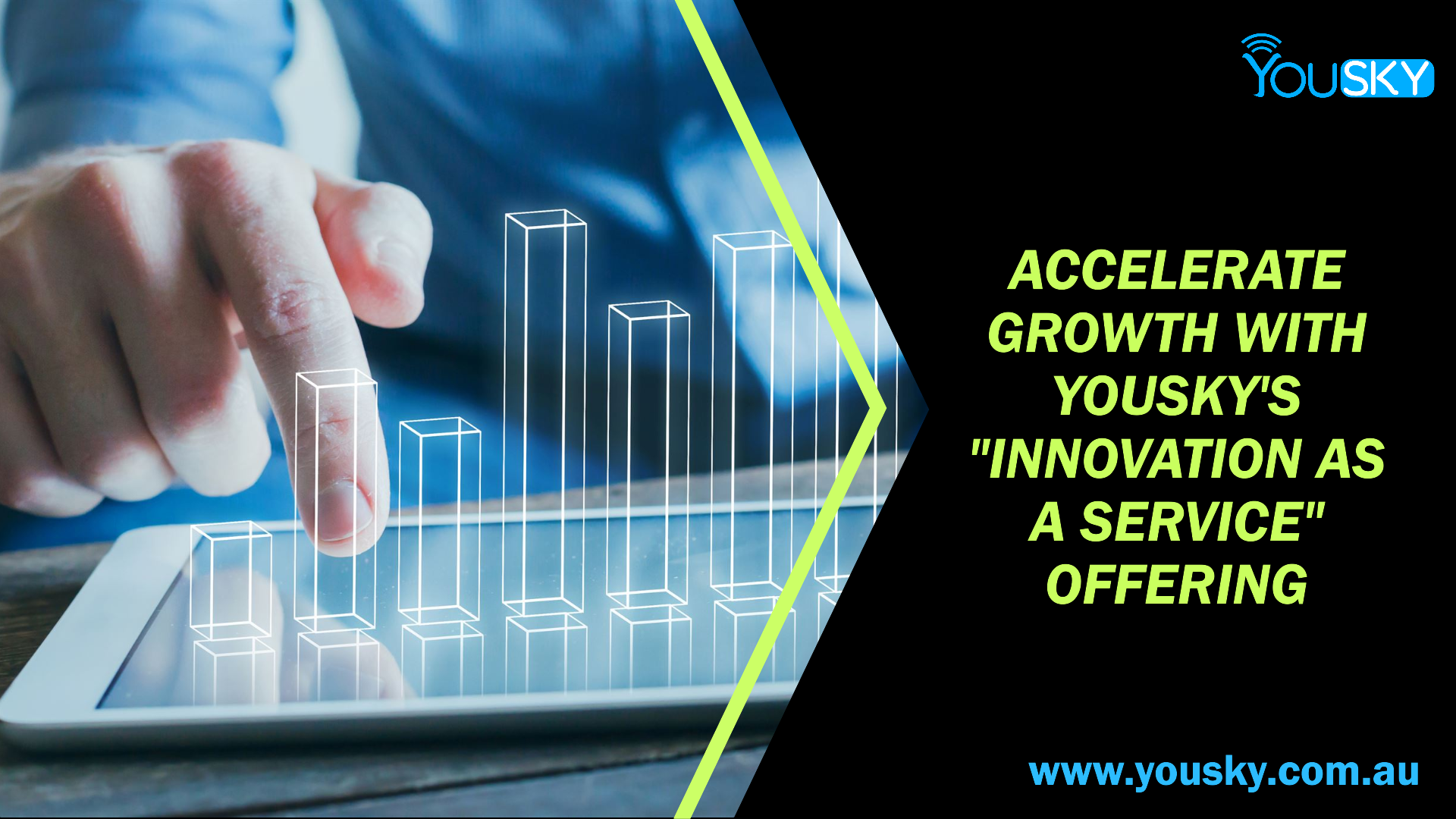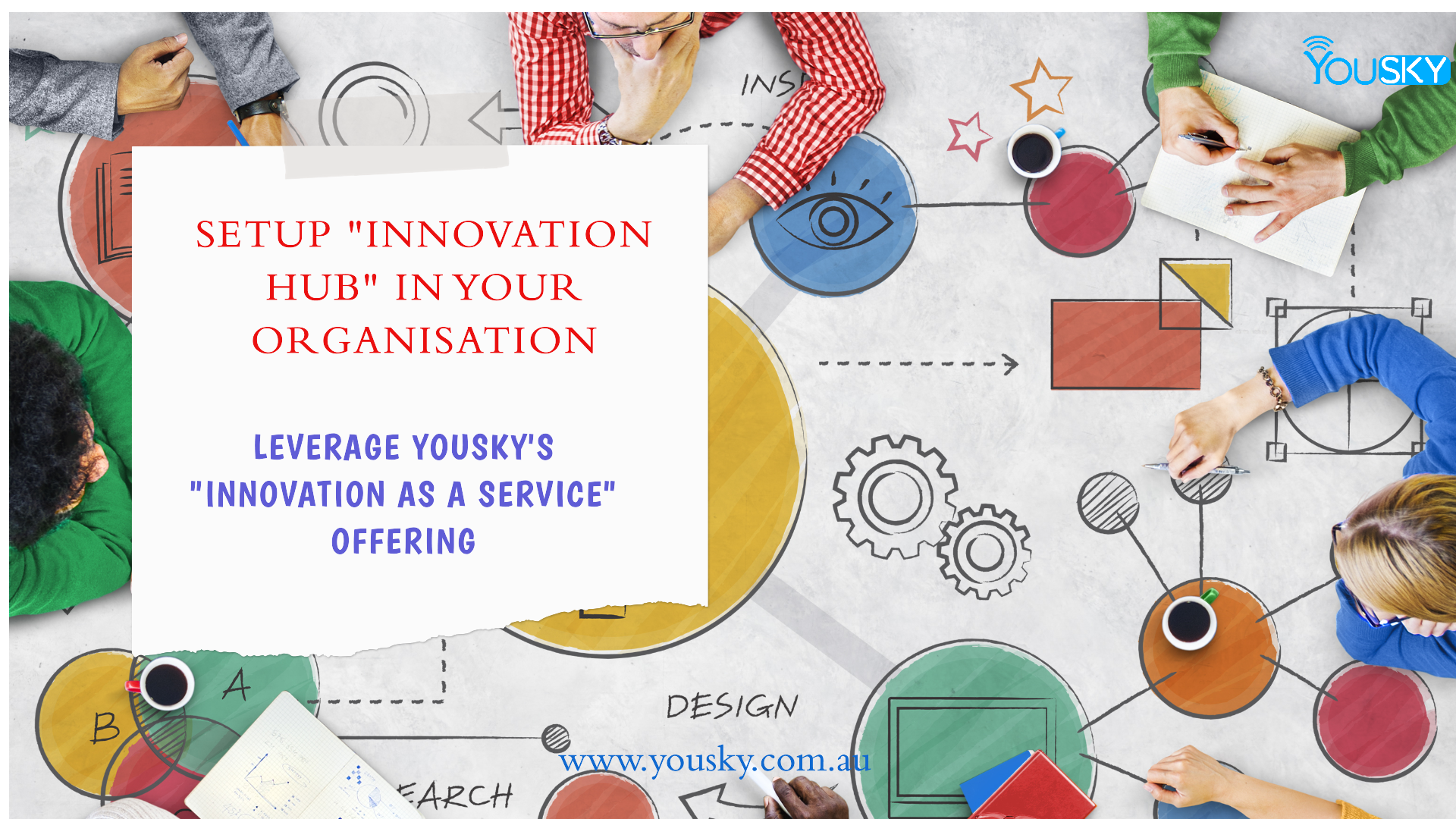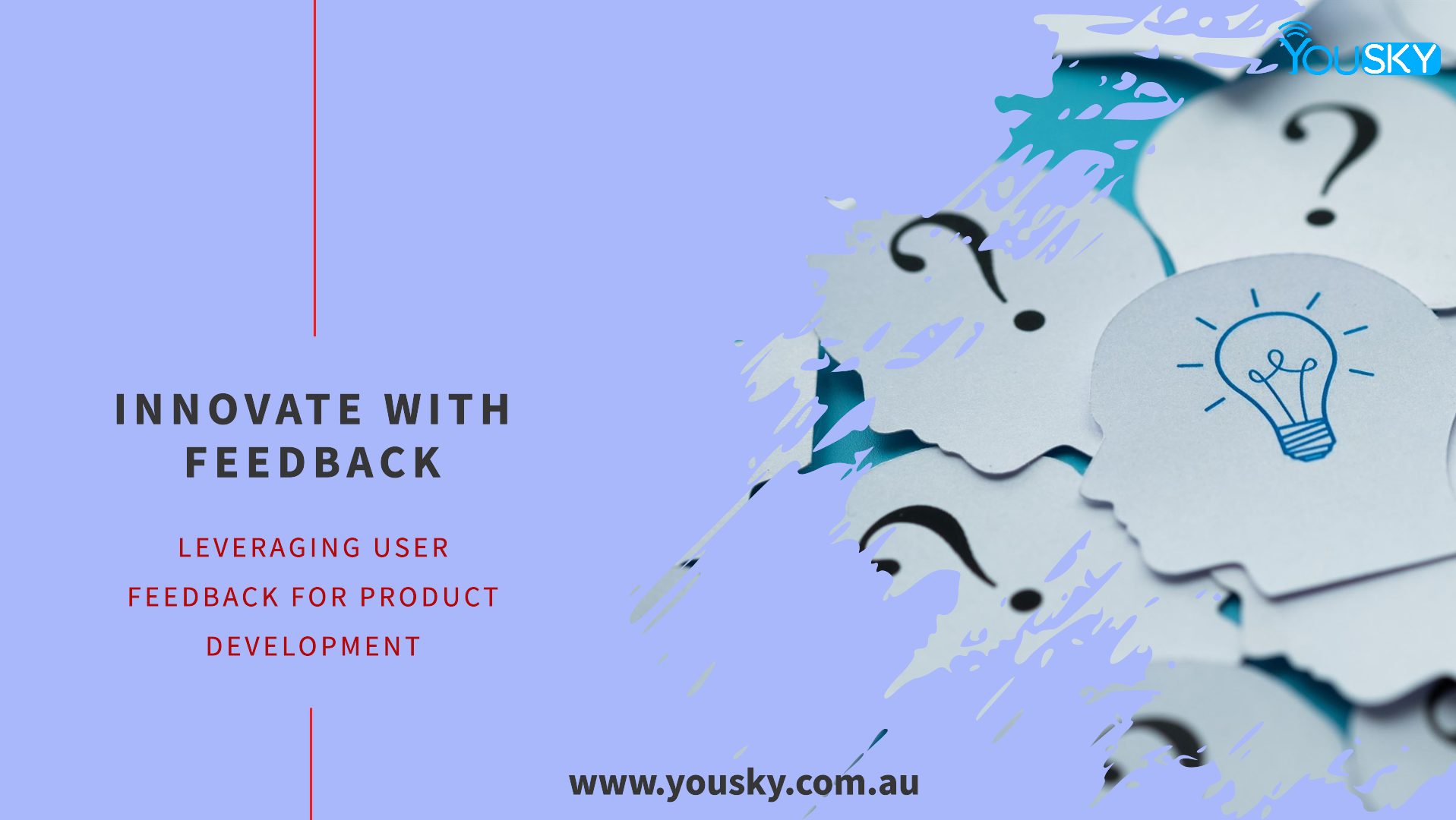
Innovation is the lifeblood of modern businesses, essential for driving growth, gaining competitive advantage, and adapting to changing market dynamics. For organizations to thrive, they must not only innovate but also cultivate a culture that fosters continuous innovation. This essay explores the various types of innovation, the process of innovating, building an innovation culture, and how companies can leverage Yousky’s “Innovation as a Service” offering to accelerate their innovation journey.
Types of Innovation
Innovation can take many forms, each serving different purposes and impacting the organization in unique ways. Understanding these different types of innovation is crucial for companies aiming to harness their full potential.
Product Innovation involves the development of new products or significant improvements to existing ones. This type of innovation aims to meet evolving customer needs, open new market opportunities, and enhance the company’s product portfolio. By continually improving their offerings, companies can maintain a competitive edge and satisfy customer demands.
Process Innovation focuses on improving business processes to increase efficiency, reduce costs, and enhance quality. This can include adopting new technologies, streamlining workflows, and optimizing supply chains. Efficient processes not only reduce operational costs but also improve the overall customer experience by ensuring timely and high-quality delivery of products and services.
Business Model Innovation involves changing the way a company creates, delivers, and captures value. This can mean exploring new revenue streams, altering pricing strategies, or rethinking the overall business strategy. Innovative business models can disrupt industries, create new markets, and provide sustainable competitive advantages.
Organizational Innovation pertains to changes in organizational structure, management practices, or company culture. This type of innovation aims to improve internal efficiency, employee satisfaction, and overall company performance. A flexible and adaptive organizational structure can better respond to market changes and employee needs.
Marketing Innovation refers to new methods of promoting products or services. This can include novel advertising campaigns, innovative use of social media, or unique branding strategies. Effective marketing innovation helps companies reach new audiences and strengthen their brand presence.
Technological Innovation involves the application of new technologies to develop products or improve processes. This can include adopting cutting-edge technologies like artificial intelligence, blockchain, or the Internet of Things (IoT). Leveraging advanced technologies can provide a significant competitive advantage by enhancing capabilities and opening new avenues for growth.
How to Innovate
Innovation is not a spontaneous event but a structured process that organizations can manage and foster. The following steps outline a systematic approach to driving innovation:
Identify Opportunities: Recognize areas where innovation can add value. This could involve analyzing market trends, customer feedback, and internal performance metrics to identify gaps or areas for improvement.
Generate Ideas: Encourage brainstorming sessions and idea generation activities. Involve diverse teams to ensure a wide range of perspectives and creative solutions. Collaboration and diversity are key to generating novel and impactful ideas.
Evaluate and Select Ideas: Assess the feasibility, impact, and alignment of generated ideas with the organization’s goals. Select the most promising ideas for further development. A rigorous evaluation process ensures that resources are allocated to the most viable and beneficial projects.
Develop and Prototype: Turn selected ideas into prototypes. This iterative process involves designing, testing, and refining prototypes to address potential issues and improve functionality. Prototyping allows for early detection of flaws and necessary adjustments before full-scale implementation.
Implement and Scale: Once prototypes are validated, implement them on a larger scale. Monitor performance, gather feedback, and make necessary adjustments to ensure successful deployment. Effective implementation and scaling are crucial for realizing the benefits of innovation.
Review and Learn: Evaluate the outcomes of the innovation process. Learn from successes and failures to continuously improve future innovation efforts. Continuous learning and adaptation are essential for sustaining innovation in the long term.
Building an Innovation Culture
Creating a culture of innovation is crucial for sustaining long-term innovation. Here are key strategies to build such a culture:
Leadership Support: Leadership must champion innovation, providing clear vision, resources, and support. Leaders should encourage risk-taking and be open to new ideas. Strong leadership commitment signals the importance of innovation to the entire organization.
Empower Employees: Empower employees by giving them the autonomy to explore and experiment. Encourage a mindset where failure is seen as a learning opportunity rather than a setback. Empowered employees are more likely to take initiative and contribute to innovation.
Foster Collaboration: Promote cross-functional collaboration to leverage diverse skills and perspectives. Create opportunities for teams to work together on innovation projects. Collaborative environments enhance creativity and problem-solving capabilities.
Provide Training and Development: Offer training programs to enhance employees’ skills in creativity, problem-solving, and new technologies. Continuous learning is key to staying ahead in the innovation game. Investing in employee development ensures that the workforce is equipped to drive innovation.
Recognize and Reward Innovation: Acknowledge and reward innovative efforts. Recognition can be in the form of financial incentives, promotions, or public acknowledgment. Recognizing and rewarding innovation reinforces its value and encourages further contributions.
Establish Innovation Processes: Develop structured processes and frameworks to manage innovation activities. This includes setting up dedicated teams, innovation labs, or incubators. Formal processes provide a roadmap for innovation and ensure consistency and accountability.
Leveraging Yousky’s “Innovation as a Service”
Yousky offers a unique “Innovation as a Service” (IaaS) solution that helps organizations accelerate their innovation efforts. Here’s how companies can benefit from this offering:
Access to Expertise: Yousky provides access to a team of innovation experts with diverse backgrounds and extensive experience. This expertise can help companies identify opportunities, generate ideas, and develop innovative solutions. External expertise can provide fresh perspectives and specialized knowledge.
Comprehensive Innovation Framework: Yousky’s IaaS includes a comprehensive framework that covers all stages of the innovation process, from idea generation to implementation. This structured approach ensures systematic and efficient innovation. A well-defined framework provides clarity and direction for innovation efforts.
Advanced Tools and Technologies: Yousky leverages cutting-edge tools and technologies to facilitate innovation. This includes AI-driven analytics, virtual collaboration platforms, and prototyping tools that enhance the speed and quality of innovation. Utilizing advanced tools can significantly boost innovation capabilities.
Customizable Solutions: Yousky’s IaaS is tailored to meet the specific needs of each organization. Whether it’s a startup looking for breakthrough ideas or a large enterprise seeking to optimize processes, Yousky provides customized solutions that align with the company’s goals. Tailored solutions ensure that innovation efforts are relevant and impactful.
Ongoing Support and Collaboration: Yousky offers ongoing support and collaboration throughout the innovation journey. This includes regular check-ins, progress reviews, and continuous improvement to ensure sustained innovation success. Continuous support helps organizations stay on track and adapt to evolving needs.
Risk Management: Yousky helps organizations manage the risks associated with innovation. By providing thorough market analysis, feasibility studies, and risk assessments, Yousky ensures that innovation initiatives are well-informed and strategically sound. Effective risk management reduces uncertainty and increases the likelihood of success.
Conclusion
Innovation is a critical driver of business success in today’s fast-paced and competitive environment. By understanding the different types of innovation, adopting a structured approach to innovate, fostering an innovation culture, and leveraging services like Yousky’s “Innovation as a Service,” organizations can stay ahead of the curve and achieve sustainable growth. Embracing innovation not only enhances product offerings and operational efficiency but also positions companies to adapt to future challenges and opportunities effectively. In an era where change is constant, the ability to innovate is what sets successful organizations apart. Contact us to know further about Yousky’s game changing “Innovation as a Service” offering.


